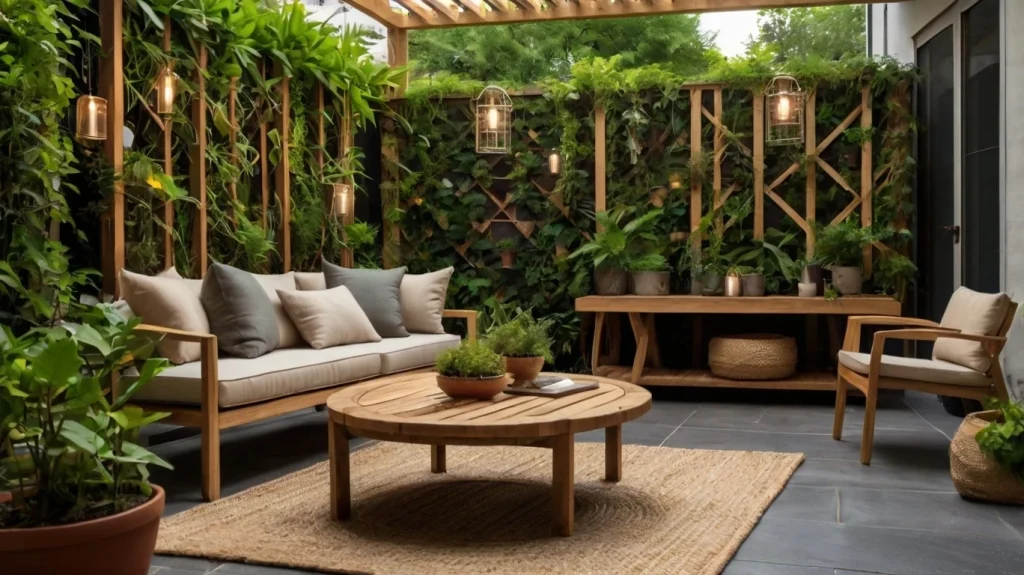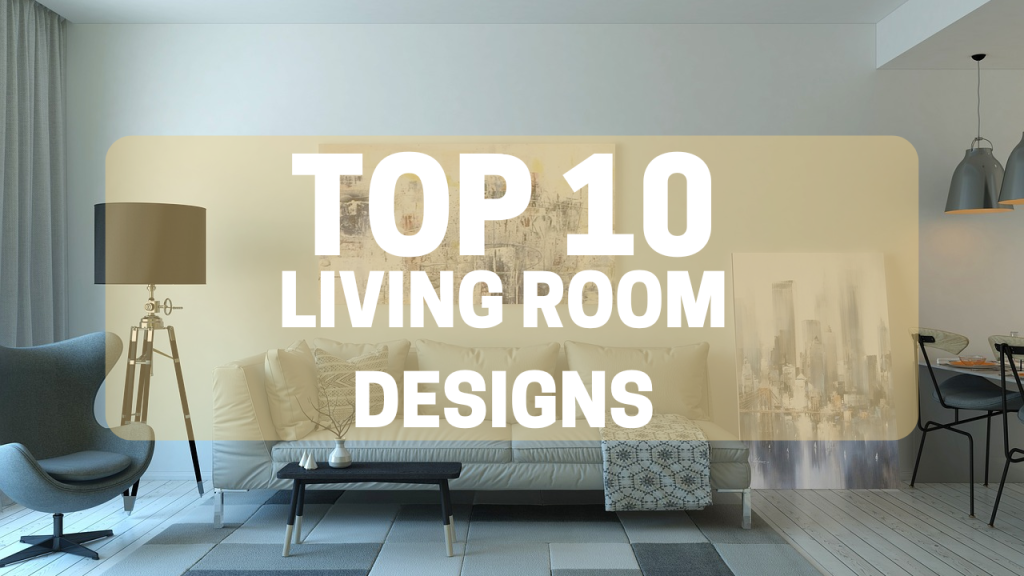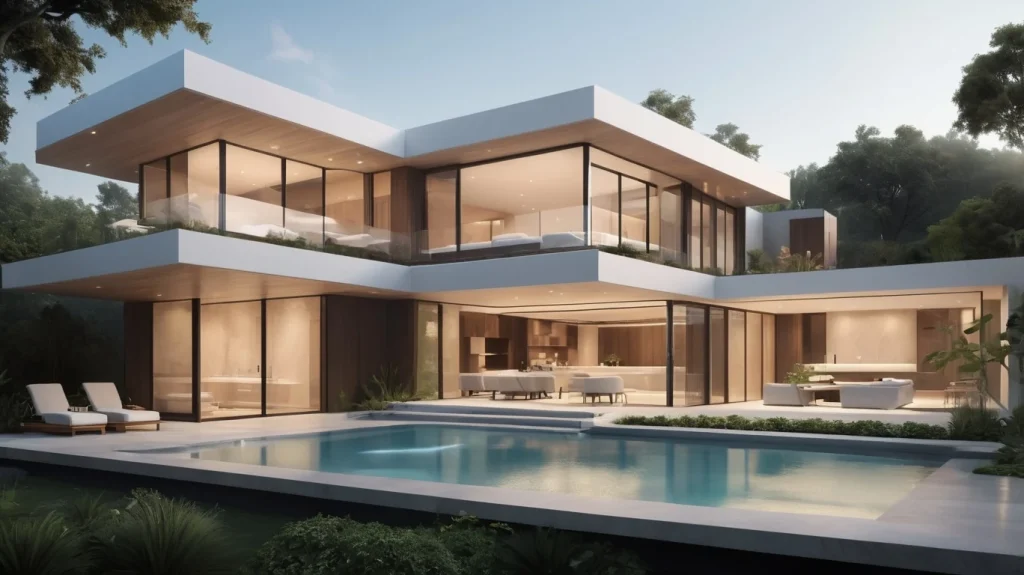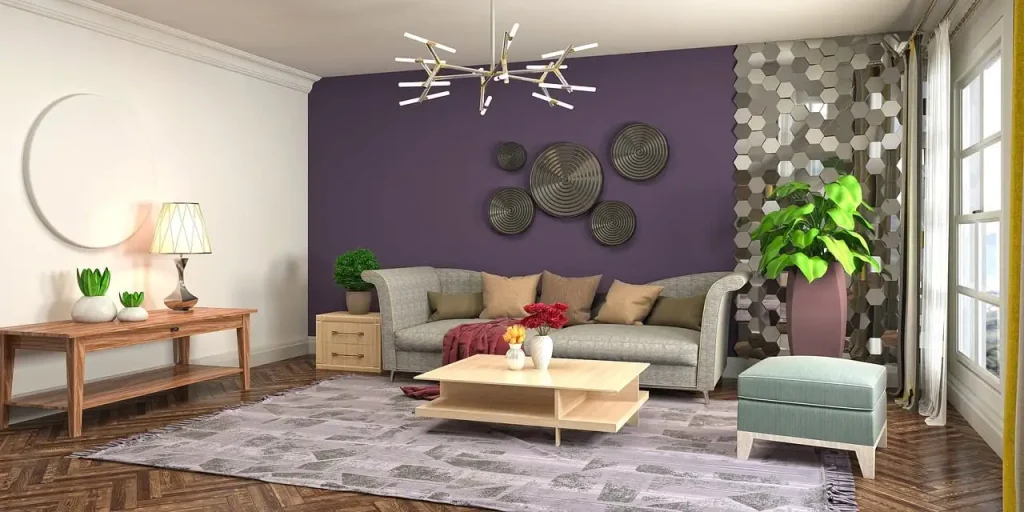Table of Contents
- Introduction: Why Your Patio Layout Matters
- Key Considerations for Choosing a Patio Layout
- Popular Patio Layout Styles
- Designing for Different Space Sizes
- Essential Elements of a Patio Layout
- Incorporating Nature into Your Layout
- Choosing the Right Materials for Your Patio
- The Role of Furniture in Patio Layouts
- Lighting Ideas for Patio Layouts
- Shade Solutions for Comfort
- Adding Water Features to Your Patio
- Fire Pits and Their Role in Layout Design
- Tips for Designing Multi-Functional Patios
- Mistakes to Avoid When Choosing a Patio Layout
- Conclusion: Start Designing Your Dream Patio
- FAQs About Patio Layouts
Introduction: Why Your Patio Layout Matters
Your patio is more than just an outdoor area—it’s a space that reflects your lifestyle, serves your needs, and enhances your home’s overall value. A well-thought-out patio layout can maximize functionality, provide visual appeal, and create a harmonious connection between your indoor and outdoor living spaces. Whether you’re designing a cozy retreat or a grand entertainment hub, choosing the right layout is the first step toward crafting your dream patio.
Key Considerations for Choosing a Patio Layout
Purpose and Functionality
Start by identifying how you intend to use your patio. Will it be a relaxing space for lounging, a dining area for family meals, or an entertainment hub for hosting guests? Defining the purpose will help guide your layout decisions.
Available Space and Shape
The size and shape of your outdoor area will influence the layout. For smaller spaces, focus on efficiency with multi-functional furniture and compact arrangements. For larger patios, you can experiment with zones and dedicated areas for different activities.
Popular Patio Layout Styles
Open Layouts
An open layout creates an airy and spacious feel, making it ideal for entertaining. This style works well with larger patios where seating, dining, and entertainment areas can flow seamlessly.
Zoned Layouts
A zoned layout divides the patio into distinct areas for specific activities. For instance, you might have a dining zone near the kitchen, a lounge area with comfortable seating, and a fire pit zone for cozy evenings.
Multi-Level Patios
Multi-level layouts use steps or platforms to separate spaces, adding depth and dimension to your patio design. This is perfect for sloped backyards or when you want to create visually distinct zones.
Patio styles : ( VIEW )
Designing for Different Space Sizes
Small Patio Layouts
For compact patios, prioritize functionality. Use space-saving furniture, opt for vertical planters, and keep the design minimal to avoid overcrowding.
Large Patio Layouts
Larger patios allow for more flexibility. Incorporate multiple zones, such as a dining area, a lounge, and an outdoor kitchen, while maintaining a cohesive design.
Essential Elements of a Patio Layout
Seating Arrangements
Arrange seating to encourage conversation and comfort. Options include sectional sofas for large groups or intimate chairs and benches for smaller patios.
Dining Areas
Place dining tables near your indoor kitchen for easy access or in a shaded area to enhance comfort.
Entertainment Zones
Incorporate outdoor TVs, speakers, or a bar to create a lively space for gatherings.
Incorporating Nature into Your Layout
Green Spaces and Planters
Include planters with lush greenery to soften the hardscape elements and add vibrancy.
Vertical Gardens
For smaller patios, vertical gardens or wall-mounted planters maximize greenery without occupying floor space.
Choosing the Right Materials for Your Patio
Pavers and Tiles
Concrete pavers and tiles are durable, low-maintenance options that can be customized with various colors and patterns.
Natural Stone
Stone options like slate, travertine, or granite add a sophisticated, timeless look.
Composite Materials
Eco-friendly composite materials mimic wood while being weather-resistant and easy to clean.
The Role of Furniture in Patio Layouts
Modular Furniture for Flexibility
Choose modular furniture that can be rearranged to suit your needs, whether it’s a small family dinner or a large gathering.
Built-In Seating Options
Built-in benches or seating walls save space and create a polished, cohesive look.
Lighting Ideas for Patio Layouts
Functional Task Lighting
Install task lighting in dining or cooking areas for better visibility.
Decorative and Ambient Lighting
String lights, lanterns, or LED fixtures can create a warm, inviting atmosphere for evening gatherings.
Shade Solutions for Comfort
Pergolas and Awnings
Pergolas provide partial shade and structure, while retractable awnings offer flexibility.
Umbrellas and Shade Sails
Large patio umbrellas or modern shade sails are excellent for blocking direct sunlight.
Adding Water Features to Your Patio
Fountains
Fountains bring a soothing element to your patio, serving as both a focal point and a source of relaxation.
Reflecting Pools
A reflecting pool adds a modern, serene vibe, especially when paired with minimalist patio designs.
Fire Pits and Their Role in Layout Design
Centerpiece Fire Pit Layouts
Position a fire pit in the center of a seating area to create a cozy, social focal point.
Corner Fire Pit Ideas
For smaller patios, place a fire pit in the corner to save space while maintaining functionality.
Tips for Designing Multi-Functional Patios
- Combine seating and storage with built-in benches.
- Use rugs or planters to visually separate zones.
- Keep pathways clear for easy movement between zones.
Mistakes to Avoid When Choosing a Patio Layout
- Overcrowding the space with furniture or decor.
- Ignoring sun and shade patterns when planning seating areas.
- Choosing materials that are not weather-resistant or durable.
Conclusion: Start Designing Your Dream Patio
Choosing the perfect patio layout is all about balancing functionality, style, and personal preference. Whether you have a small balcony or a sprawling backyard, thoughtful design can transform your patio into a space that enhances your home and lifestyle. Start planning today and enjoy the benefits of a perfectly designed outdoor oasis!
FAQs
1. How do I choose the best layout for my patio?
Consider your patio’s size, shape, and intended use. Define zones for seating, dining, or entertainment based on your needs.
2. What materials work best for patios?
Concrete, natural stone, and composite materials are popular for their durability and style.
3. How can I make my patio more functional?
Incorporate multi-functional furniture, add shade solutions, and design clear zones for different activities.
4. How do I create privacy in my patio layout?
Use tall plants, privacy screens, or pergolas with curtains to shield your patio from neighbors.
5. What’s the best lighting for patios?
Combine task lighting with ambient options like string lights or lanterns for both practicality and mood.





